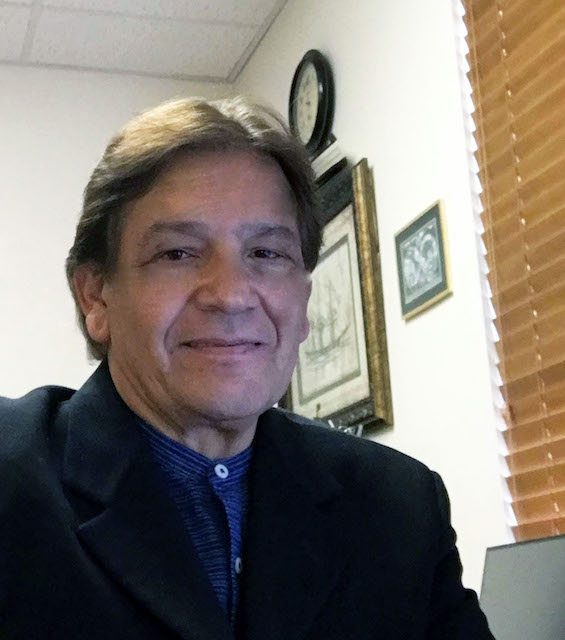By Ruben Lozano, Lakes Precision, Inc.
We are all familiar with the image of a Symphony Orchestra; with the elegant conductor on an elevated stand in front of an ensemble of diverse musical instruments played by seasoned and experienced musicians.
As we take in the musical performance, our focus becomes the figure of the conductor, most specifically, the baton on his hand and its rhythmic, purposeful movements directing the orchestra. But what is he or she signaling with this wand? Basically, there are three elements: Timing, Intensity and Prompting.
Of course, this article is not about music, but the conductor-orchestra narrative sets the “stage”, if you will, to understand how any organization should be structured in order to perform at its best.
Essential elements of organization:
An organization, regardless of its size, organically should include the following elements:
- Purpose
- Goals
- Objectives
- Form
- Function
Purpose, goals, and objectives (FIT) are commonly misrepresented as being the same, however, they are not. The difference is in the degree of focus. Purpose is a broad statement wherein a goal resides. Lastly, the objective defines a specific and measurable outcome within the goal.
The “Form” defines the structural platform that enables the Purpose, Goals and Objectives to move forward from the hypothetical realm to a tangible reality.
And of course, no results are born out of passivity thus, the last element should be the “Function.” Function is activity, and in turn a set of actions designed to ultimately achieve the objective being pursued.
These five elements described above could be considered in a group, as the essential organic cell (Org-cell) of any enterprise. It’s the DNA, if you will, of any organization. As such, the organization as a whole will resemble the way these individual organizational cells are structured. The number and complexity of these Org-cells follows the size and complexity of the organization itself as well as the complexity of the purpose, goals and objectives pursued. But the basic structure of the cell remains constant.
Leadership:
Inside our organizations, like the quintessential orchestra conductor described in the introduction of this article, we have managers or supervisors directing individual Org-cells or perhaps groups of Org-cells. Similarly, to the orchestra conductor, they are managing the tasks of Timing, Intensity and Prompting, (TIP), which are all action driven or part of the “Function” aspect of the Org-cell.
Coming briefly back to the example of the orchestra conductor, we now understand that the gestures of his baton cover the functional aspects of Timing, Intensity and Prompting; but is this all? No, it is not. The main conductor’s responsibility falls into thoroughly understanding and interpreting the original composer’s creation and intentionality and in turn producing a memorable musical experience for the public. As such, our leaders or managers should also be keen to the Purpose, Goals and Objectives of the organization and through the facilities of the “Form” and actions of the “Function” in the Org-cell achieve objectives.
How do we know if an organization is not organically optimized?
Out of all the possible indicators, I believe that one of the most visible is the degree of micromanagement experienced in any given Org-cell within the organizational structure. Micromanaging activities within the Function raises red flags. These could point to a broad range of causes, either on the objective itself, structural flaws, functional undefinitions or on the personnel side. A lack of definition in purpose, goals, or objectives leaves the manager’s interpretation and execution wide open. It’s like expecting an orchestra conductor to interpret and direct a musical piece while hearing it for the first time through an earpiece. An incomplete “Form” or structure, (resources, equipment, personnel, etc.) disrupts the capacity to direct Timing. The resulting intensity variations in production demand and production schedules, cripples the manager’s prompting, or cueing capacity to other tasks or departments to complete the required manufacturing workflow.
Adaptive Management vs. Static Management.
The ability to quickly reconfigure the 5 elements of an Org-cell in response to changes in the business environment is key to maintain an organization’s viability. Steadfast, unwavering Org-cell structures curtail or limit the management’s ability to conduct business in fluctuating marketplaces. Modern data management and analysis capabilities in combination with evolving AI systems (large language expert systems) will become more and more common as the current marketplaces become more and more disrupted by prevailing Social, Political and Environmental changes.

































































